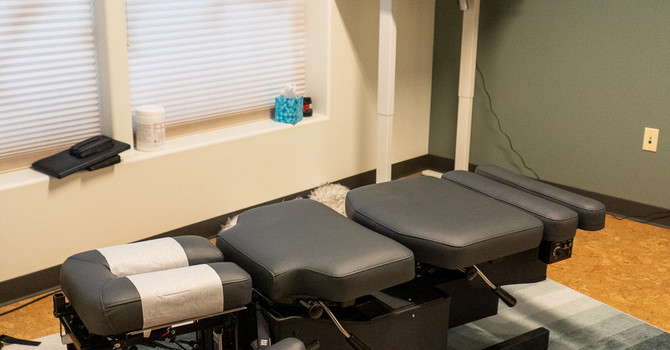
When it comes to back pain or spinal health, most people think about posture, desk setup, or exercise — but your shoes play a major role, too. Whether you're standing, walking, or running, your feet are your foundation. The wrong footwear can lead to issues that travel to your knees, hips, and spine. Here’s what to know:
How Footwear Impacts Your Spine
Your feet absorb shock every time they hit the ground. Shoes act as the intermediary between your body and the surfaces you walk on. Depending on the design of your shoes, that impact can be softened—or amplified.
What Good Footwear Does for You
Supportive, well-fitted shoes help maintain healthy alignment from the ground up.
Benefits of good shoes:
- Evenly distribute pressure across your feet and joints
- Promote proper gait (the way you walk), reducing strain on the spine
- Cushion the spine from repetitive impact
- Reduce muscle fatigue in the back and legs
- Help prevent overpronation or supination, which can misalign the pelvis and spine
Examples of good choices:
- Shoes with arch support and a zero drop or slightly raised heel
- Shock-absorbing soles
- Proper fit for your foot shape and size
- Activity-specific footwear (e.g., running shoes for running)
A few of our favorite shoes:
- For running: Brooks Ghost 14
- For walking: Altra Torin 8
- For the gym: Nike Free Metcon 6
What Bad Footwear Can Do to Your Spine
Shoes that lack support—or distort your natural posture—can lead to chronic back issues over time.
Risks of unsupportive shoes:
- An altered walking pattern (gait)
- Increase impact forces traveling up your legs into the spine
- Causes pelvic tilting or uneven hip loading
- Lead to conditions like plantar fasciitis, sciatica, or low back pain
Footwear to be cautious with:
- High Heels – force the spine into an unnatural curve, putting pressure on the lower back
- Flip-flops – offer no arch or heel support, increasing instability and fatigue
- Worn-out shoes – even a good shoe becomes a problem once it loses structure
Signs It’s Time to Rethink Your Footwear
- Back pain or fatigue after standing or walking
- Uneven wear on the bottom of your shoes
- Frequent knee, hip, or low back tightness
- You’ve had the same pair of daily shoes for over a year (or 300–500 miles of wear)
Footwear is one of the easiest lifestyle adjustments you can make for back health. Choosing the right shoes can support your spinal alignment, reduce pain, and even enhance athletic performance. Have questions about the best shoes for you? Ask your provider the next time you stop in!
Resources & References
- American Podiatric Medical Association. (2023). Footwear and Health. https://www.apma.org/footwear
- Harvard Health Publishing. (2021). Choosing the Right Shoe. https://www.health.harvard.edu/staying-healthy/choosing-the-right-shoe
- Cleveland Clinic. (2022). How the Wrong Shoes Can Hurt Your Back. https://health.clevelandclinic.org/how-the-wrong-shoes-can-hurt-your-back
- Spine-health. (2023). Back Pain and Footwear. https://www.spine-health.com/wellness/ergonomics/footwear-and-back-pain
- Mayo Clinic. (2022). Tips for Buying Shoes That Won’t Hurt Your Back. https://www.mayoclinic.org/healthy-lifestyle/adult-health/in-depth/back-pain/art-20044507

admin
Contact Me



